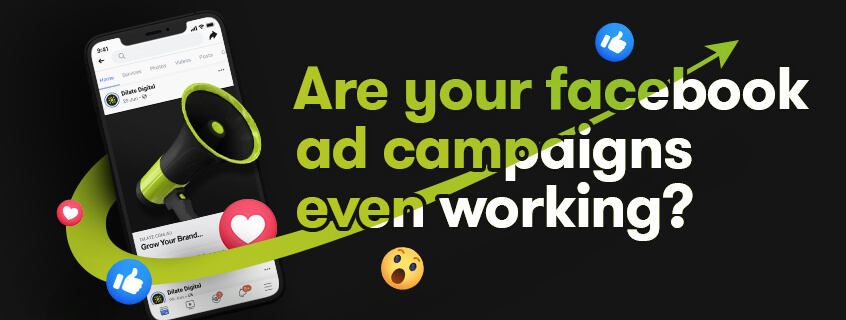

You might have heard of other businesses making impressive profits through Facebook advertising. But if you’re anything like us, you’ve got to see the results to believe it.
Once you start running a Facebook campaign, how do you even know that it’s working? What are the signs of success and what are the false positives you shouldn’t pay too much heed to?
We’ve previously discussed the question “does Facebook advertising even work?” but in this post we want to dig deeper into how to know if your Facebook ad is doing well – and how to measure your results in a reliable way.
Let’s dive into it.
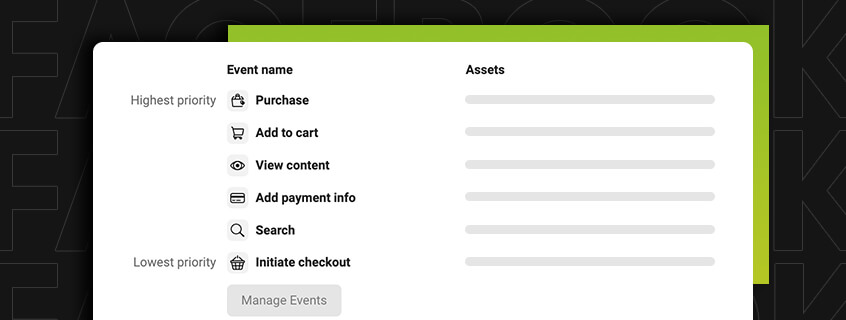
How do you know if your Facebook ad is doing well if you’re not tracking the results? Before you launch your first Facebook campaign, make sure you’ve set up conversion tracking so you can monitor your results.
Conversion tracking allows you to give Facebook the right context around your goals so it can show your ad to the right people. For example, once you’ve defined a custom audience using tracked conversions, Facebook can use the data to identify other Facebook users who are likely to convert.
Without monitoring the right metrics, you won’t be able to see the impact of your ad campaigns. When you track your results in the right way, you can figure out what’s working and how you can make improvements moving forward.
Three of the best tools for monitoring Facebook ads results are:
Now that you’ve got all that data at your fingertips, what do you do with it? Not all metrics are equal – it’s crucial to understand which metrics are worth looking at so you don’t get distracted when tracking your results.
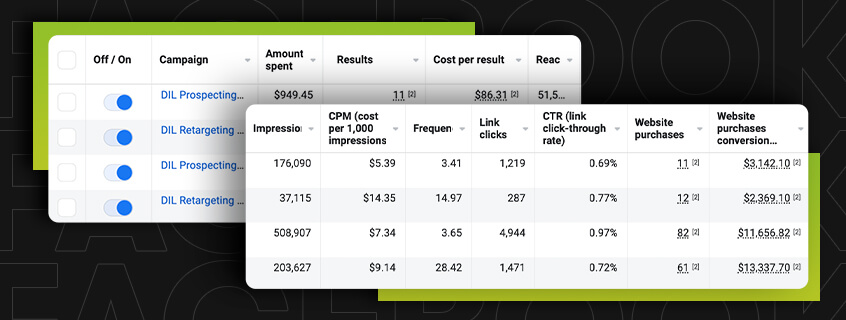
The first step to know if your Facebook ad is doing well is to clearly define your goals. Once you know what you are hoping to achieve with the ad, you can figure out what metrics are worth looking at.
The best metrics for monitoring success will change based on what you are trying to achieve – it's never really a one size fits all situation.
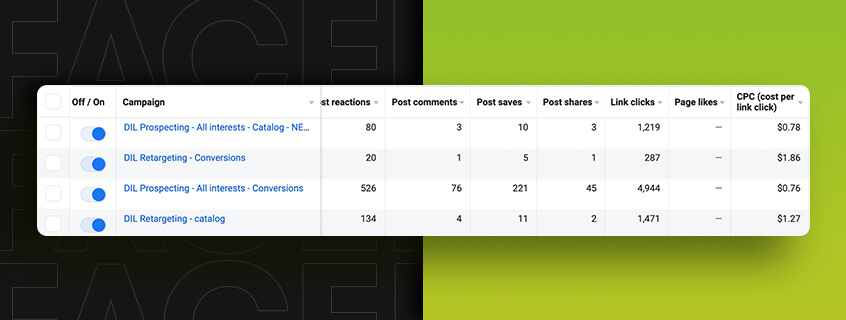
While some metrics are really useful, others are what digital marketers like to call “vanity metrics”. They might look good on paper, but they don’t actually tell you anything useful about your campaign – or worse, they might cover up real issues with your campaign.
For example, engagement metrics such as likes, comments and shares can lead you astray if your goal is more sales or enquiry based, rather than social growth.
So it’s not just about knowing what metrics are out there – it’s crucial that you monitor and pay attention to the ones that are truly important to your campaign and your goals. If you’re not sure how to do that, speak with the team at Dilate.
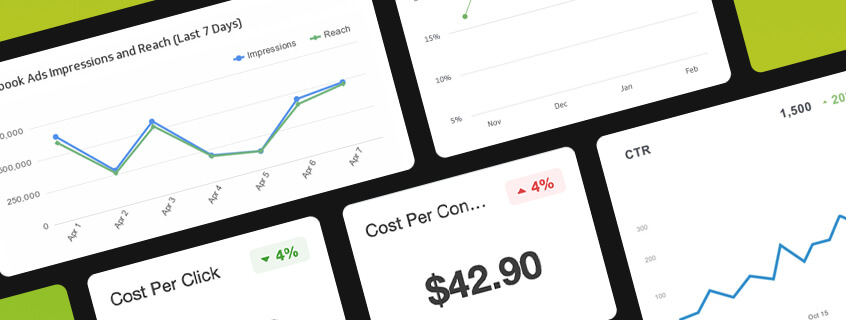
If you’re wondering how to know if your Facebook ad is doing well, here are 6 useful Facebook ads metrics to track.
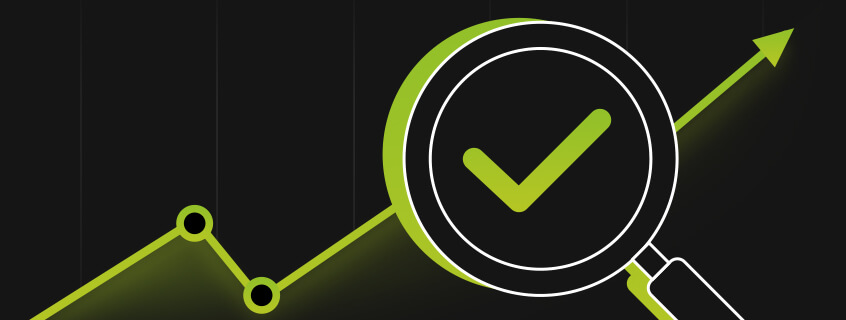
It’s important to be confident in the data you’re collecting. Afterall, you’re going to make marketing and budgeting decisions based on this information. But how do you know if the metrics you’re looking at in the ads manager dashboard are accurate?
Knowing what metrics to look at and how to interpret the data is the first step. If you’re new to Facebook, getting professional help from a Facebook marketing agency could be a smart move.
Experts stay on top of changes in the digital world and know how to spot a vanity metric from far off. For example, with iOS14, less data is making it back to Facebook making “all numbers” referencing off Facebook activity less accurate.
We highly recommend tracking data with both Facebook and Google Analytics to paint a full picture.
Split testing your ads should also be standard practice. This involves changing one element of your ad and testing whether version A or version B performs better.
Another tip is to make sure you split audiences so that you can tell which audience you’re getting results with. If you combine 4 audiences, 2 might be working and 2 not working and you would never know.
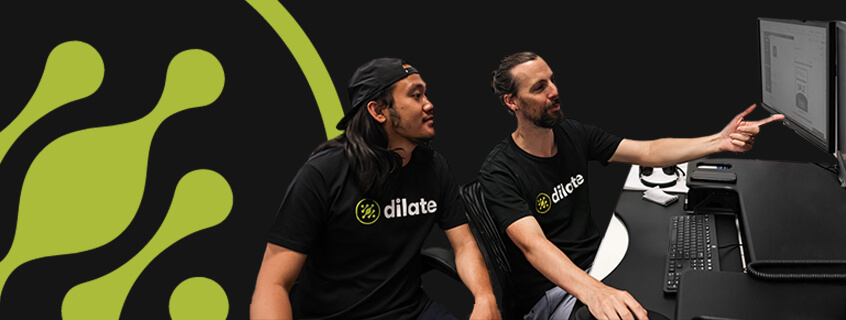
You can have a lot of fun on Facebook, but you also want to know that you’re getting the most out of your efforts. If you’re advertising on Facebook, remember to stay on top of your metrics and in the loop with your audience.
If you’re not sure how to run a successful Facebook ads campaign or just want to put the responsibility in experienced hands, our social media experts at Dilate can help. We’ve helped many big and small businesses achieve their Facebook marketing goals and we’re keen to get results for you too.
To see how we can help you, book a business consultation with one of our local marketing superstars who can take you through the processes and help you to develop your own procedure and strategy.
Call the team on to get started.
what our clients are saying
create business. better everyday.
Let's Talklearn from the best minds in the business
Bodie provides some insight into Dilate's internal operations. How we approach what we do, and how we strive to be Better Everyday.





